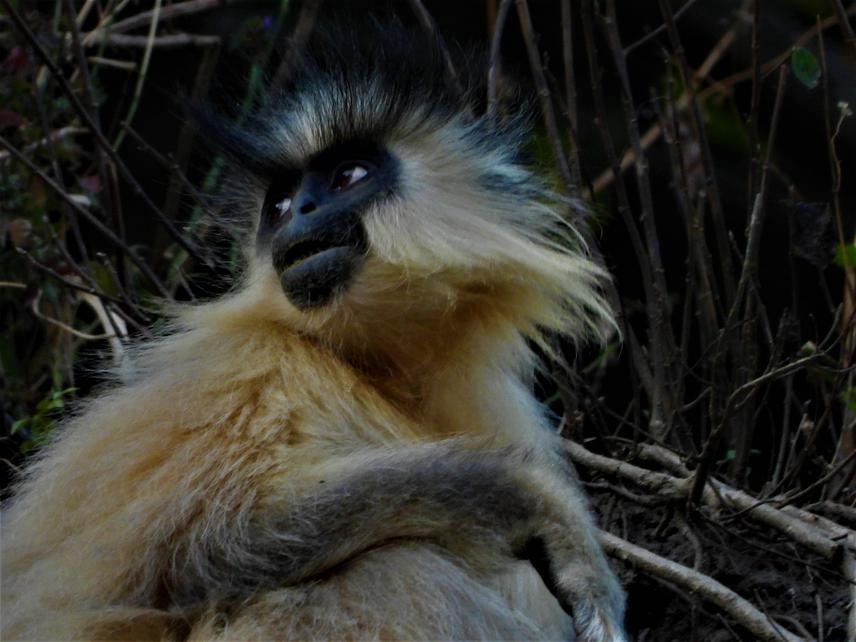Kuenzang Dorji
Other projects
5 Dec 2014
Small Mammals in Small Country: Diversity and Conservation of Small Mammals in High Altitude Wetland of Phobjikha, Wangdiprodrang, Western Bhutan
16 Jun 2016
Religious Advocacy for Highlanders to Advocate Conservation Awareness on Survival of Small Mammals: Prey-Base of Grus nigricollis in Phobjikha,Wangdue, Bhutan
29 Mar 2023
Modelling Human-Golden Langur Spatial Interaction Index and Promote Co-Existence Opportunities in the Agricultural Landscapes, Bhutan
The golden langur (Trachypithecus geei) is listed in the “top 25” most endangered primates and is endemic to Bhutan and Assam. In Bhutan, the species is protected by both international convention and national policies, but no detailed study has been conducted on how developmental activities alter its group size and basic ecology or on how these monkeys respond to surrounding threats. Through intensive sampling, farmer interviews, and spatial analysis, we will determine basic ecology, human-golden langur interaction, and extirpation risk inside and outside a biological corridor. Our results will support development of conservation interventions for primates in Bhutan.

Golden langurs are endangered and are on the World Conservation Union’s Top 25 most endangered primates (Schwitzer et al., 2019). It is found in fragmented forests in Assam, but Bhutan is home to the largest populations. Golden langurs have been recorded in six districts in Bhutan, with a total population of 2,517 individuals (Thinley et al., 2019). A study on golden langur in Royal Manas National Park in southern Bhutan revealed a healthy golden langur population based in part on the large number of immature individuals observed in each group (Lhendup et al., 2018), which indicates population growth assuming protection of suitable habitat. Golden langurs range across three landscape types in Bhutan, each with decreasing levels of protection: National Parks, biological corridors, and unprotected areas. Only 33% of golden langur-suitable habitat falls within National Parks; the other 67% of habitat lies in biological corridors and unprotected areas (Thinley et al., 2019).
These latter two landscape types are exposed to habitat fragmentation and degradation due to construction of roads, dams, power generators, and large complexes of government offices. Golden langurs in unprotected areas often live near farms where issues such as crop feeding and exposure to potential predation by dogs are more likely to occur, or near roads where they encounter vehicle traffic and power lines.
This project will be executed in Langthel sub district in central Bhutan which comprised of a biological corridor connecting Phrumshingla, Jigme Singye Wangchuck, and Royal Manas National Parks; and an unprotected area under the jurisdiction of Zhemgang Forest Division. Data on golden langurs living in biological corridors and unprotected areas are urgently needed, because most golden langurs live in these landscapes, and because development is increasing as Bhutan modernizes. Through intensive sampling, farmer interviews, and spatial analysis, our research will compare these two landscape types and will produce information on golden langurs’ group size and composition, basic ecology, encounters with people, and extirpation risk based on golden langurs’ encounters with people, roads, power lines, dams, and traffic so that Bhutanese policymakers can enact effective conservation plans for this endangered species.